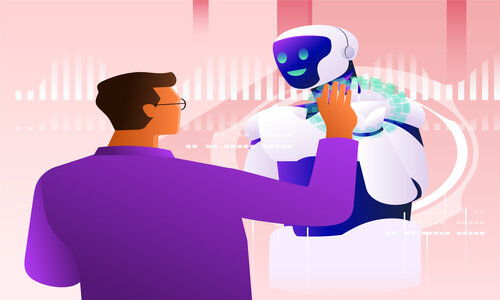


Integrating ambient intelligence with EHRs and clinical workflows isn’t just a tech upgrade—it’s a paradigm shift.
Integrating Ambient Intelligence with EHRs and Clinical Workflows: A Guide for Health IT Leaders
The digital transformation of healthcare has reached an exciting frontier: the convergence of ambient intelligence (AmI), Electronic Health Records (EHRs), and clinical workflows. While EHRs have long promised better patient data management and operational efficiency, the addition of ambient intelligence introduces a new layer of context-aware automation that could redefine modern care delivery.
In this article, we explore how ambient intelligence in healthcare—powered by IoT, AI, and real-time sensors—can be seamlessly integrated with EHR systems and day-to-day clinical operations. For health IT leaders and hospital CIOs, this guide outlines the opportunities, challenges, and key considerations for successful implementation.
What Is Ambient Intelligence in Healthcare?
Ambient intelligence refers to an environment embedded with smart sensors, computer vision, natural language processing (NLP), and machine learning algorithms that respond proactively and adaptively to human presence and activity.
In healthcare, this means:
When integrated with EHRs, these insights can be automatically documented, prioritized, and acted upon—without manual intervention.
Why Integration with EHRs and Clinical Workflows Matters
EHRs are central to patient data management, but they have often been criticized for being time-consuming and fragmented. Ambient intelligence offers the potential to:
This integration not only improves patient outcomes but also significantly reduces clinician burnout and administrative overhead.
Key Integration Use Cases
1. Ambient Clinical Documentation
Using AI-driven voice assistants and NLP, ambient systems can listen to provider-patient conversations and automatically generate clinical notes. These can be reviewed and approved before populating the EHR.
Example: Nuance’s Dragon Ambient eXperience (DAX) integrates with leading EHRs to automate notetaking during consultations.
2. Real-Time Patient Monitoring
Ambient sensors (like thermal cameras or bed sensors) monitor patient movements and vitals in real time. Alerts are sent to care teams and EHRs updated automatically if anomalies (e.g., abnormal breathing, wandering, falls) are detected.
3. Smart Clinical Alerts and Reminders
By combining ambient data with clinical rules, systems can trigger context-aware reminders for medication, hygiene protocols, or hand-washing compliance—linked directly to patient records.
4. Environmental Adaptation for Patient Comfort
Smart rooms integrated with EHRs can adjust lighting, sound, and temperature to suit a patient’s condition or preference, reducing anxiety and improving recovery rates.
Challenges to Integration
Despite its potential, integrating ambient intelligence into EHRs and workflows presents several challenges:
Conclusion
Integrating ambient intelligence with EHRs and clinical workflows isn’t just a tech upgrade—it’s a paradigm shift. For health IT leaders, this means rethinking infrastructure, security, and user experience to enable a new kind of hospital: one that listens, learns, and adapts in real time.
By combining ambient insights with the power of digital records, we move closer to a healthcare system that is not only smarter—but also more human.
